Polluters pay
The Ministry of Agriculture and Environment (MARD) has recently issued a document urging localities to collect waste fees based on the weight or volume of waste to ensure the principle that polluters must pay according to the provisions of the Law on Environmental Protection, in order to promote classification, reduce domestic solid waste, and protect the environment. According to the MARD, in recent times, the management of domestic solid waste has been and is being paid attention to and implemented by provinces and cities. Most provinces and cities have issued regulations on domestic solid waste management, including specific regulations on waste classification.
According to the Department of Environment, Ministry of Agriculture and Environment, currently, the work of classifying waste at source in localities is facing many difficulties, due to the lack of synchronization in infrastructure from collection, transportation, especially treatment technology, especially with food waste treatment technology. Therefore, the Ministry of Agriculture and Environment recommends that the People's Committees of provinces/cities be more proactive and active. Some contents that need to be urgently implemented are to issue plans and organize the implementation of the work of classifying domestic solid waste from households and individuals in the area. Specify the form and level of funding that households and individuals must pay for the collection, transportation and treatment of domestic solid waste based on the mass or volume of waste that has been classified, and price the service of collecting, transporting and treating domestic solid waste according to the provisions of the law on prices.
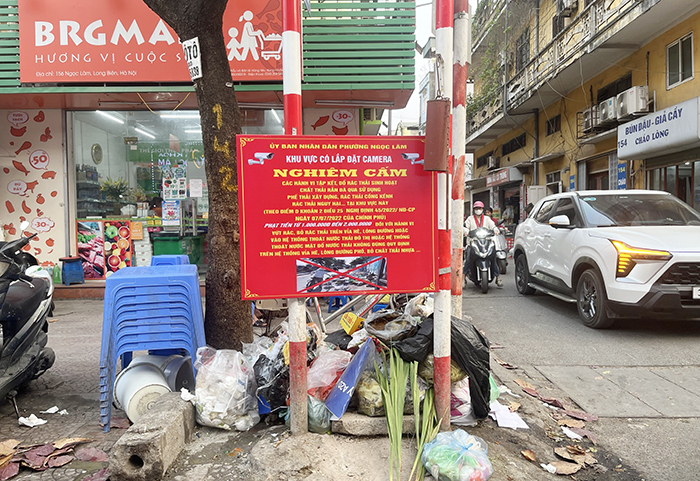
Mr. Ho Kien Trung, Deputy Director of the Department of Environment, said that “weighing garbage and paying for it” is a regulation of the Law on Environmental Protection according to the principle that countries around the world have applied for many years, that is, polluters must pay. Simply put, it is “weighing garbage and paying for it”, but in reality, it is not about weighing garbage and paying for it. It is done in many forms, balancing the volume of bags or packaging, meaning that people have to pay for the amount of garbage they throw away.
Previously, the collection of household waste was often a household matter, and everyone could dump as much as they wanted. But now, according to regulations, the fee for collecting, transporting and treating waste must be based on the weight or volume of waste generated.
In fact, households will have to buy garbage bags that are specially produced with many types of bags such as 3kg, 5kg, 10kg. The price of these garbage bags includes the garbage fee. The more garbage people throw away, the more bags they have to use and the more money they have to pay. Currently, some provinces have implemented garbage fees based on volume or weight such as Quang Nam and Ho Chi Minh City.
In the coming time, the Ministry of Agriculture and Environment will continue to promote localities to implement this principle. Regarding the issue of waste classification at source, according to the representative of the Department of Environment, the actual implementation must have a roadmap. In developed countries such as Japan or Korea, it also takes many years to form the habit of waste classification.
According to Mr. Trung, first of all, the implementation of waste classification must be piloted in some districts. Based on the pilot implementation, an assessment will be conducted and lessons learned will be drawn. Then, the model will be replicated in other localities. Recently, Vietnam has implemented many similar programs to promote recycling, such as Extended Producer Responsibility (EPR), in which packaging manufacturers must be responsible for collecting and recycling packaging that has been put on the market.
The roadmap for waste classification at source will be implemented within 3 years.
According to the Department of Environment, in the period of 2025-2026, the Ministry of Agriculture and Environment will implement a series of solutions to promote the recycling responsibility of individuals and businesses. From 2026, Vietnam will not produce and import non-biodegradable plastic bags smaller than 50cm x 50cm.
However, according to Deputy Director of the Department of Environment Ho Kien Trung, currently, infrastructure and classification capacity are still weak, and food waste output is not controlled in localities. Therefore, the Ministry of Agriculture and Environment has issued guidelines on waste collection standards, urged localities to form quality recycling enterprises in Hai Phong City and Quang Nam and Quang Ninh provinces.
Currently, the Law on Environmental Protection requires localities to classify waste at source from 2025. However, to ensure effective preparation and implementation, localities will not have to implement it simultaneously in the entire province but will pilot it on a small scale and then summarize, evaluate, and replicate it. The roadmap for classifying waste at source will be implemented within 3 years so that localities have time to prepare. In the coming time, the Ministry will continue to urge and guide localities to implement classifying waste at source.
In addition, in the guidelines for the model of solid waste treatment in urban and rural areas recently issued by the Ministry of Agriculture and Rural Development, waste treatment will be divided into two areas (including urban and rural areas), to suit the actual situation as well as the orientation of the organization of two-level local governments. Accordingly, for urban areas, concentrated residential areas (wards and communes in the plains) will be divided into three types.
Firstly, the provincial centralized treatment area is applied to two or more wards or communes in a province or city. Secondly, the commune-level centralized treatment area will treat one ward or one commune at one treatment point. The Ministry of Agriculture and Environment recommends that the above two models should apply the combined treatment method for many types of waste to optimize costs. Thirdly, decentralized treatment of households and clusters of households will be applied to one family or two or more households. This model will be applied to the classification and preliminary treatment of waste that can be reused or recycled in cases where there is a consumer market; treatment of bulky waste in cases where there is a need for use...
Source: https://cand.com.vn/Xa-hoi/xa-rac-cang-nhieu-nop-tien-cang-cao-i770464/












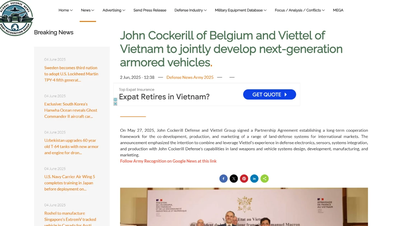

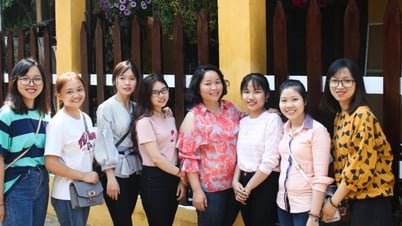








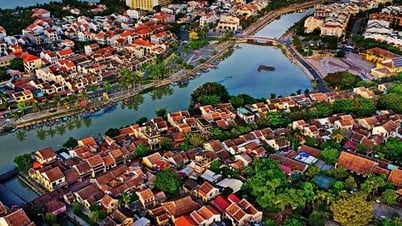


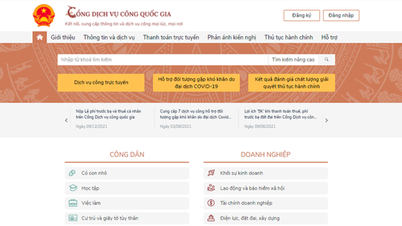
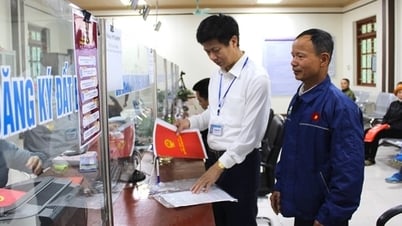






























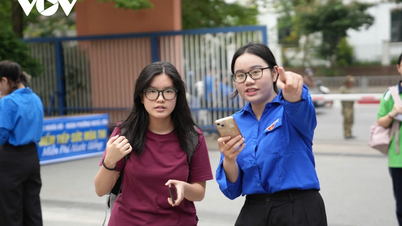

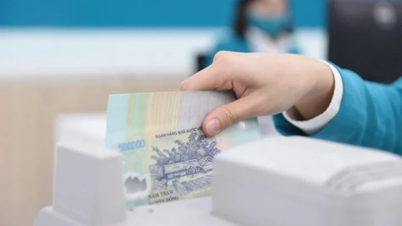
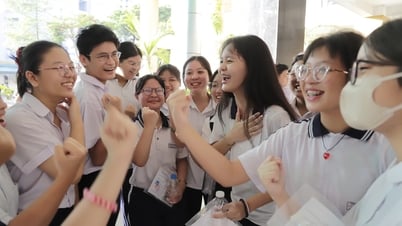




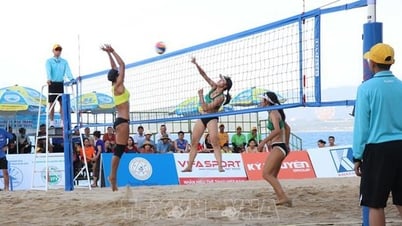
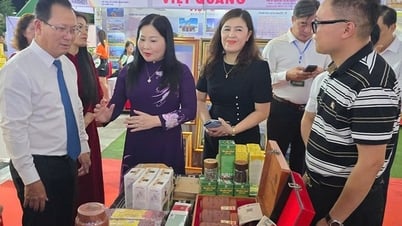
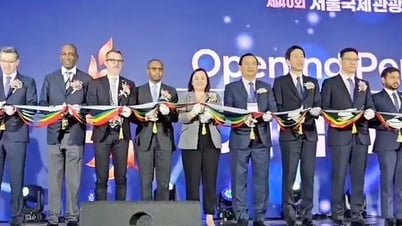
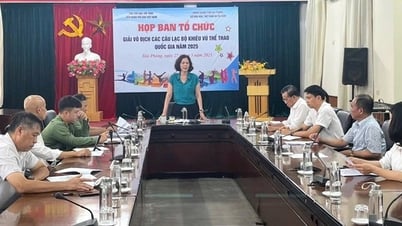






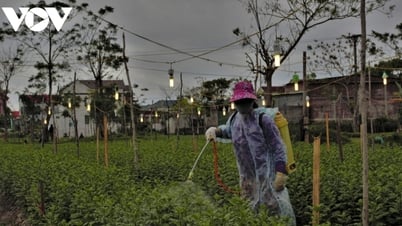

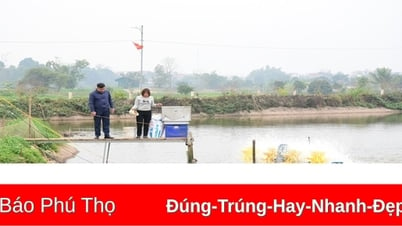

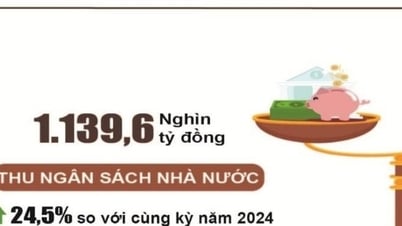


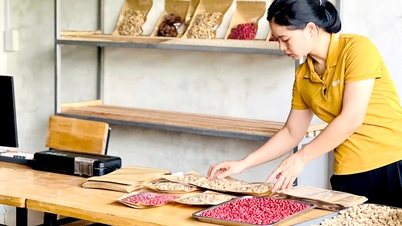







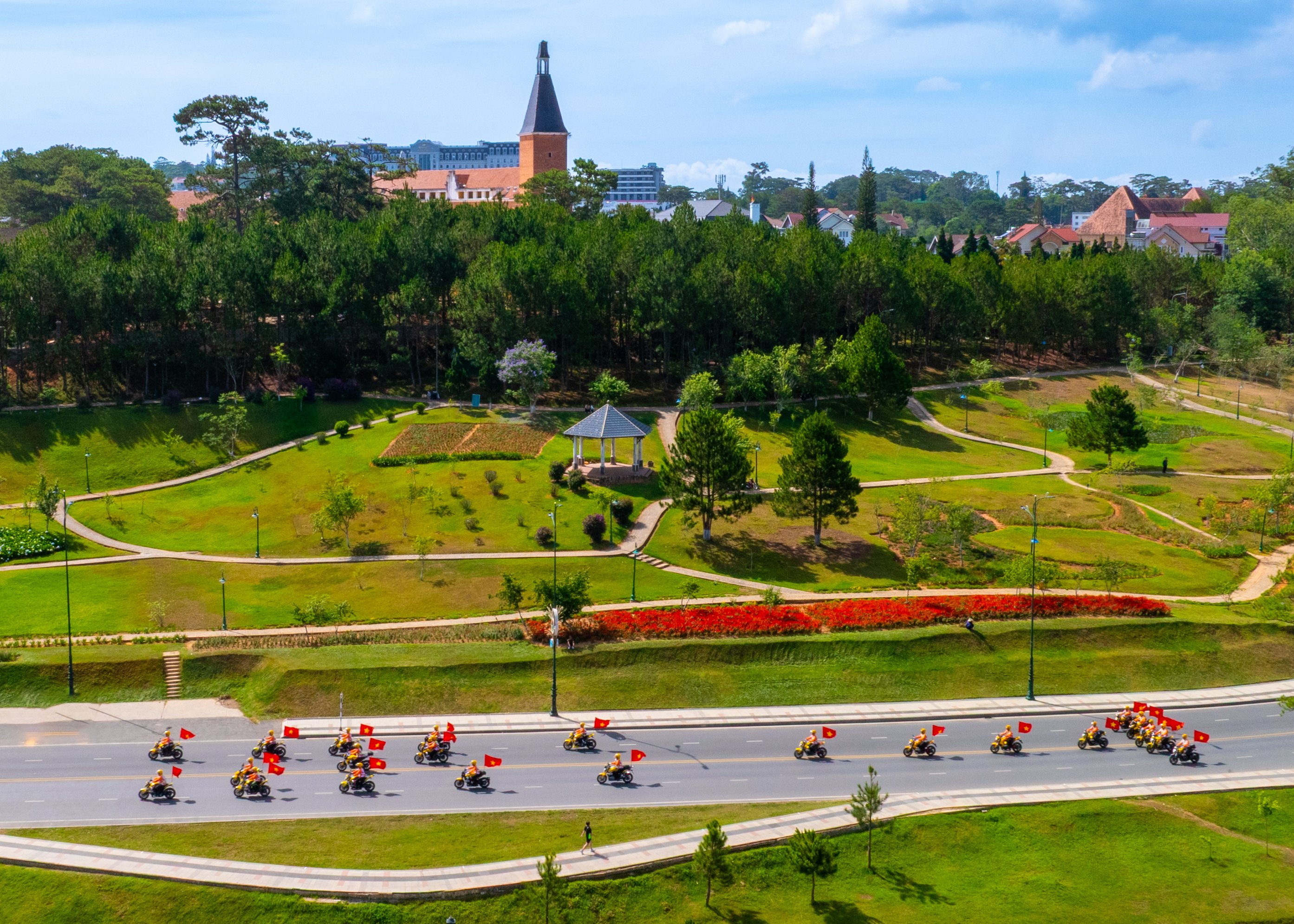

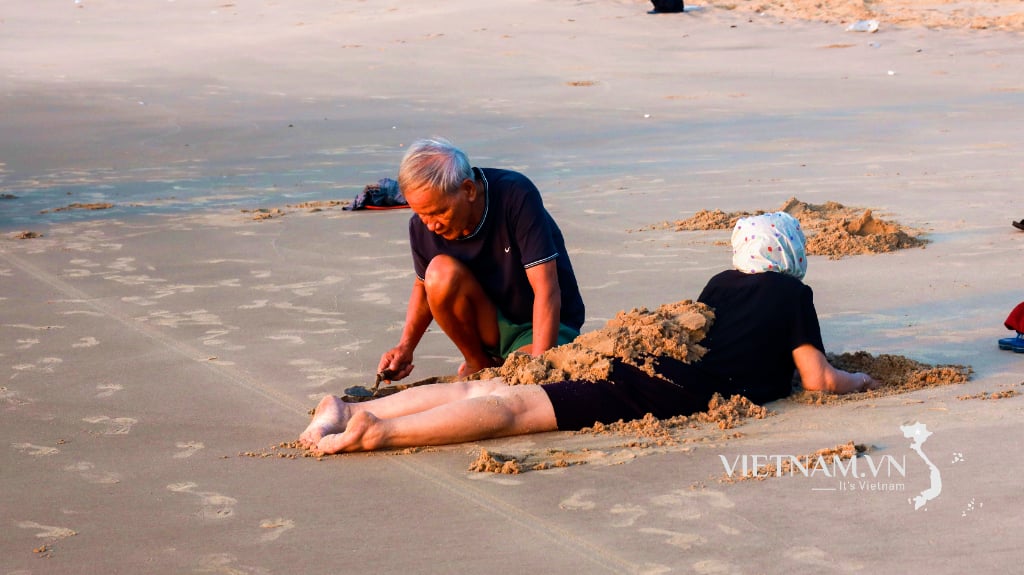
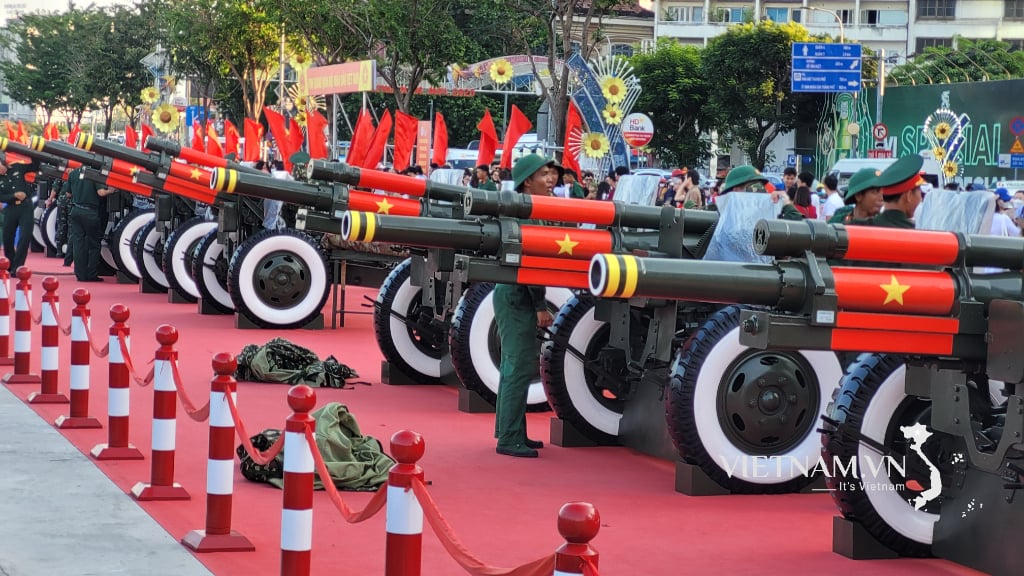
Comment (0)